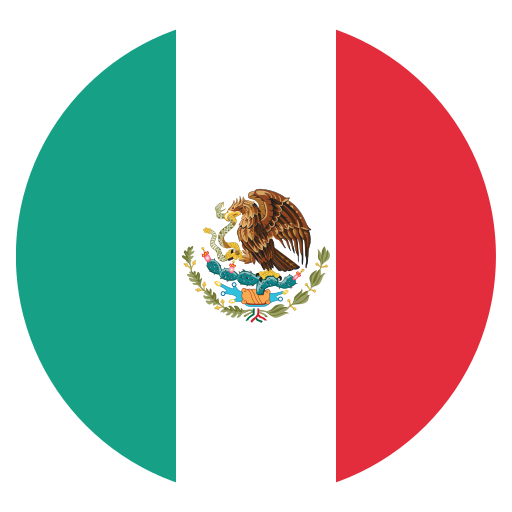Guanajuato and Querétaro, in the Bajío region of Mexico, stand out for implementing ecological taxes to address environmental issues. Querétaro has established taxes for environmental remediation in material extraction, gas emissions, and waste disposal, while Guanajuato has created taxes for emissions of polluting gases, soil and water pollutants, and waste disposal.
The Bajío is a geographic region in the Central-Northwest of Mexico. This region includes parts of the states of Aguascalientes, Jalisco, San Luis Potosí, Michoacán, Zacatecas, Guanajuato, and Querétaro, with the latter two states being the focus of this article.
It is precisely in the Bajío area, especially in the Guanajuato and Querétaro areas, where a series of power relations have been identified, resulting in environmental impacts such as the loss of drinking water quality, damage caused by wastewater, deterioration of air quality, soil degradation, deforestation, loss of biodiversity, and climate change.

Mexico in the Framework Convention on Climate Change
Mexico joined the international treaty of the Paris Agreement (under the Framework Convention on Climate Change) on September 21, 2016, which implies its commitment to limit global warming.
In this regard, the authorities of the states of Guanajuato and Querétaro have identified and sought to solve the environmental problems in their areas, positioning themselves as major proponents of Green Taxes in Mexico.
On December 23, 2021, in the Official Gazette of the Government of the State of Querétaro, "La Sombra de Arteaga," the State Revenue Law for the Fiscal Year 2022 was published. This law came into effect on January 1, 2022, and in its Ninth Chapter, it introduced a new section called Ecological Taxes.
The new section of the mentioned law implements three main taxes:
a) Tax for environmental remediation in material extraction.
b) Tax for gas emissions into the atmosphere.
c) Tax for the final disposal of special and hazardous waste.
Among the approved reforms for the fiscal year, it is worth noting that the penalties to which citizens and businesses may be subject are established in Units of Measurement and Update (UMA), and fractions of UMA per unit of measurement.
With the publication in the Official Gazette of the Government of the State of Guanajuato on November 30, 2022, that state added an entire chapter to its State Finance Law (LHEG). The new chapter is called "Ecological Taxes for Environmental Remediation," and its effective date was initially set for January 1, 2023, but later postponed to June 1, 2023. Its objective is to fund resources for addressing the consequences caused by environmental damages.
Article 78-A of the LHEG states that the objective and purpose of these taxes are for the State Public Finance to have resources that allow it to fulfill its obligation to protect health and a healthy environment for the population, in accordance with Article 4 of the Political Constitution of the United Mexican States and the penultimate paragraph of Article 1 of the Political Constitution for the State of Guanajuato, through the establishment of tax figures that also incentivize changes in the behavior of obligated subjects to favor the environment.
The new taxes are grouped into three sectors:
a) Tax for Environmental Remediation due to emissions of Polluting Gases.
b) Tax for Environmental Remediation due to the Emission of pollutants into the Soil, Subsoil, and Water.
c) Tax for Environmental Remediation due to Waste Disposal.
The tax for each of the actions that generate penalties is calculated directly in
X amount of Pesos per contaminant unit, and by May 31, 2023, these costs were reduced according to a table that establishes the quota for the following 3 years, maintaining the rule of X pesos per unit.
These measures aim to promote changes in the behavior of citizens and businesses to protect the environment, although it is recognized that a comprehensive and long-term approach is still required to address environmental challenges in the region.





